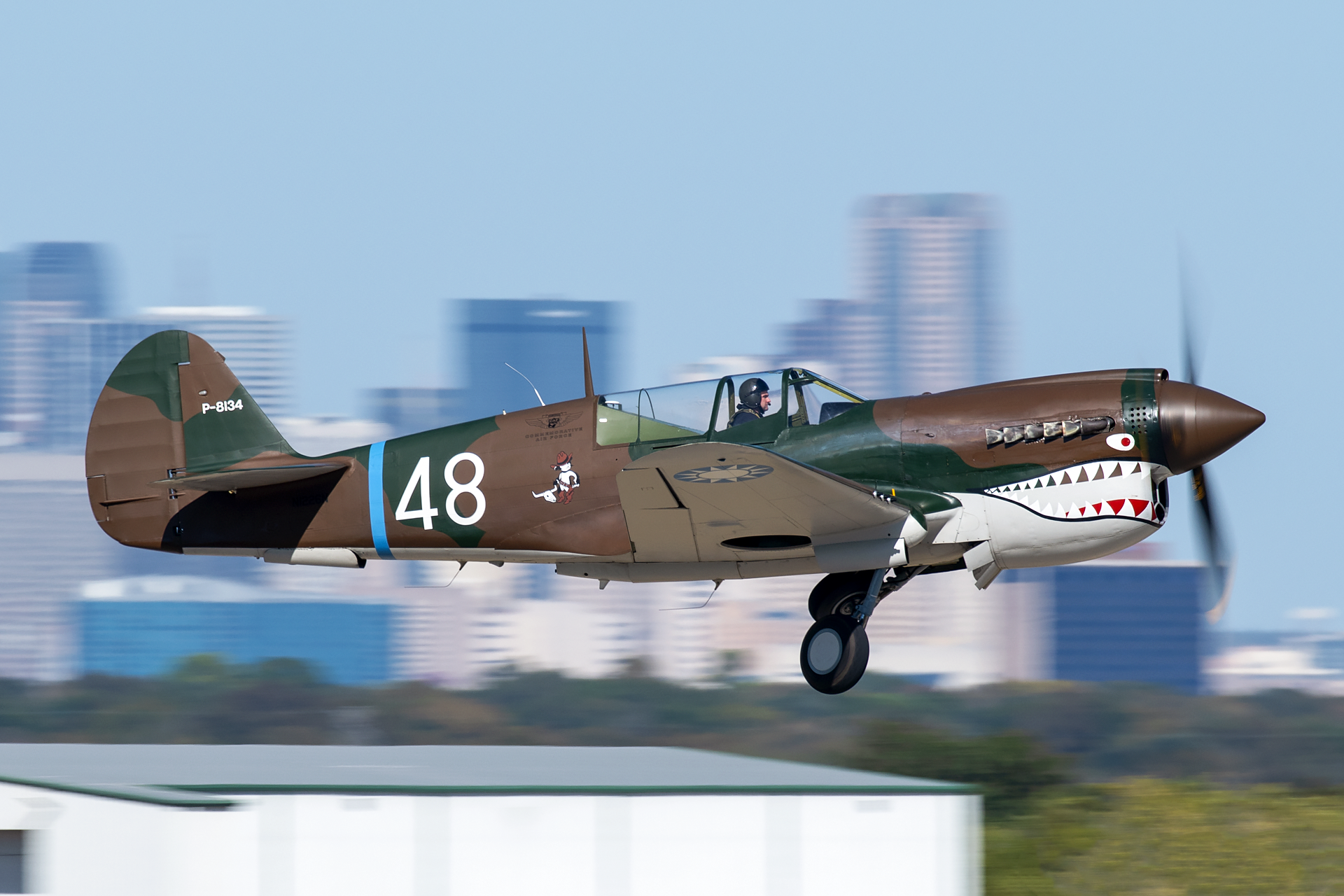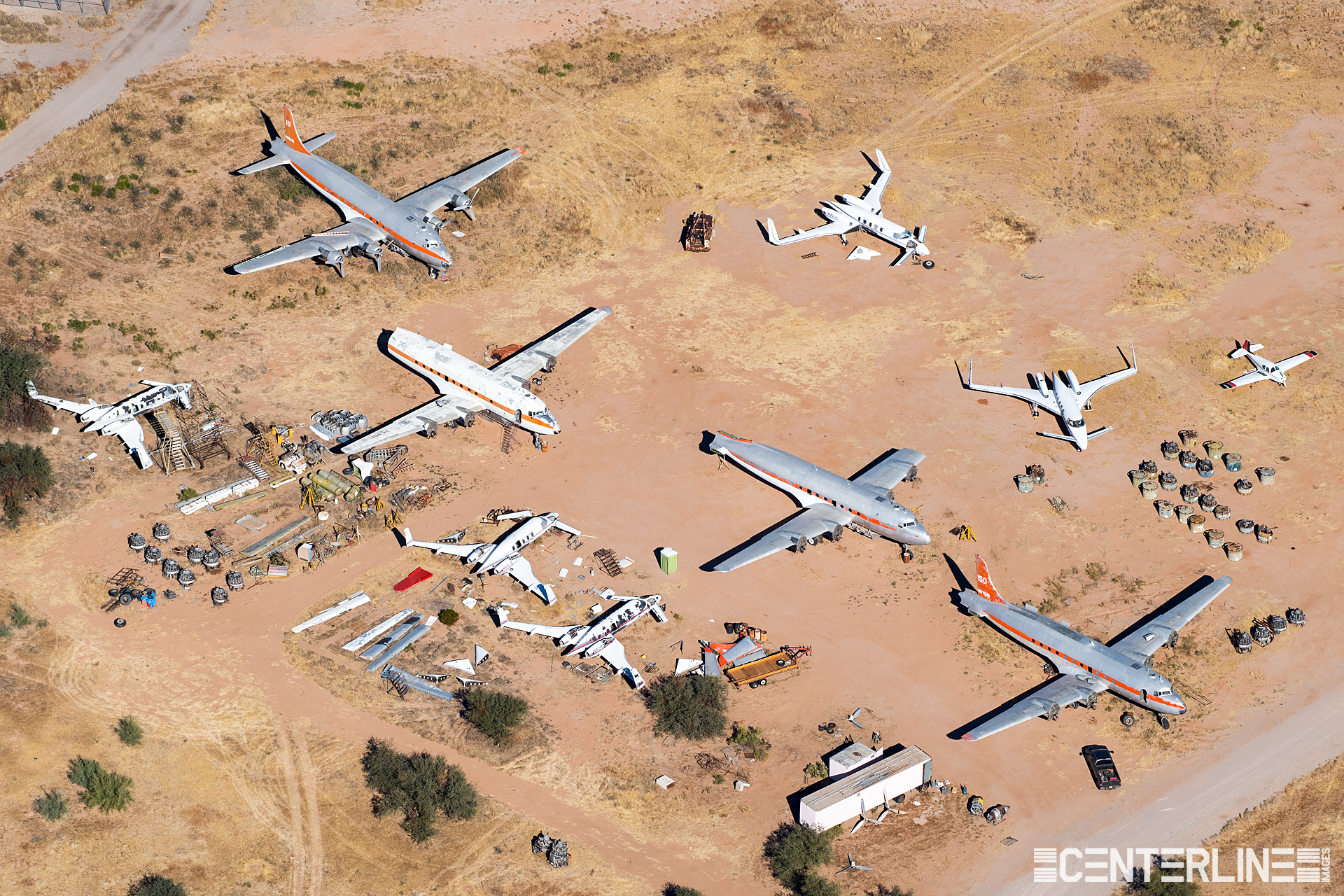
Curious on the backstory behind the photos? This is the place. You'll find not only write ups on local outings, but also reviews of major events I’ve attended.
Kenmore Air Harbor: Seaplane Heaven in the Pacific Northwest
A visit to the largest seaplane-only passenger terminal in the United States..
Kenmore Air Harbor is a seaplane enthusiast's dream come true, located at the northern end of Lake Washington just 10 miles away from downtown Seattle. It may be the largest seaplane-only passenger facility of its kind in the United States, but it’s also steeped in rich aviation history. Kenmore Air was founded in 1946 in Kenmore, Washington by Bob Munro as a charter and aircraft maintenance service. In 1954, the company began offering charter flights and scenic tours using seaplanes. Throughout the years, the company expanded its fleet and services, offering scheduled commuter flights, air ambulance services, and seaplane maintenance. Today, Kenmore Air is one of the largest seaplane operators in the world, serving destinations throughout the Pacific Northwest and British Columbia.
As of 2021, the Kenmore Air fleet contains 26 aircraft, including a variety of iconic seaplanes, such as the radial-equipped De Havilland DHC-2 Beaver, the De Havilland DHC-2T MK. III Turbo Beaver, its larger cousin, and the De Havilland DHC-3T Turbine Otter. As mentioned above, these aircraft are used for scheduled flights, charters, scenic tours, adventure escapes, and everything in between.
One of the best ways to get close to Kenmore Air’s seaplanes in action is to visit the Log Boom Park pier. From this vantage point, you can witness the seaplanes taking off and landing throughout the day. The best part? No matter the time of day, you're bound to see a variety of different colors on the planes thanks to the special paint jobs adorned by multiple Kenmore Air seaplanes. The schemes reflect the unique culture, businesses, and history of the Pacific Northwest.
For example, Turbine Otter, N50KA, is painted in the King5 News Evening promotional livery, while the Turbine Beaver, N32GW, is adorned in Fisherman's Landing BC colors. The Turbine Otter, N707KA, is painted in the Seattle Kraken promotional livery, and the another Turbine Otter, N90422, is decked in tribal patterns in collaboration with the Puyallup Tribe of Indians to promote new Tacoma service. My personal favorite has to be Turbine Otter N606KA "Spirit of the San Juans" which is painted up to represent an orca. The livery supports "Wild Orca" a non-profit founded by Kenmore pilots, in support of the region's orca population.
The below shots were taken earlier this month on a rather busy Saturday. The smoky skies from Canadian wildfires provided extra challenging lighting condition but I tried to make the best of it!
Marana Regional Overview - Dec 2020
End of the road for many of these iconic aircraft.
An interesting assortment of classic aircraft at Marana Regional Airport, including Beech Starships, and multiple DC-4 firebombers.
My understanding is that most if not all of these aircraft have since been cut up/relocated. Unfortunate if true!
Marana Regional Airport - KAVQ (Marana, Arizona)
December 15, 2020
End Of An Era: Erickson’s DC-7s
A look at Erickson’s iconic fleet of DC-7 tankers shortly after their retirement.
Erickson Aero Tanker is a company that has been at the forefront of aerial firefighting for decades. Founded by Jack Erickson, the company began as a helicopter logging company but quickly expanded into aerial firefighting.
Of the types operated by Erickson Aero Tanker fleet was the Douglas DC-7. The DC-7 was a workhorse of the skies, with an impressive range and the ability to carry up to 3,000 gallons of fire retardant. These aircraft were used extensively by the US Forest Service, and were a regular sight over wildfires in the western United States.
One of the most recognizable DC-7s in Erickson Aero Tanker's fleet was Tanker 60, a Douglas DC-7B. This aircraft was originally delivered to Eastern Air Lines in 1958, before being converted to a fire fighting aircraft. Tanker 60 was one of the busiest aircraft in the fleet, fighting fires throughout the West Coast and beyond for decades.
However, as the fire fighting industry evolved, the use of large radial-engined aircraft like the DC-7 became less common. Turboprop and jet aircraft, such as the Lockheed C-130 Hercules and McDonnell Douglas MD-87, became the preferred choice for aerial firefighting due to their increased speed and range. Erickson Aero Tanker recognized this shift in the industry and began transitioning its fleet to newer, more efficient aircraft. Tanker 60 was retired in 2020, after an incredible 62 year career as MD-87s began to enter service to become the company's go-to LAT (Large Air Tanker) platform.
While the DC-7s have now been retired from Erickson Aero Tanker's fleet, the impact that they had on aerial firefighting cannot be overstated. These aircraft were an integral part of fighting wildfires in the western United States for decades, and they will be remembered for their reliability, strength, and the dedication of the pilots and crews who flew them.
Erickson Aero Tanker's DC-7s carry a rich history in the firefighting industry. As this industry continues to evolve, it is important to remember the pioneers who paved the way for the advancements we see today, and to continue to honor their legacy as we move forward.
Enjoy these photos I took at Madras Airport in Central Oregon back in 2021. As a bonus, I've thrown a couple extra photos in, including Erickson's stunning Neptune and an MD-80 bird that is used for spare parts to keep their MD-87 fleet going strong.











































































